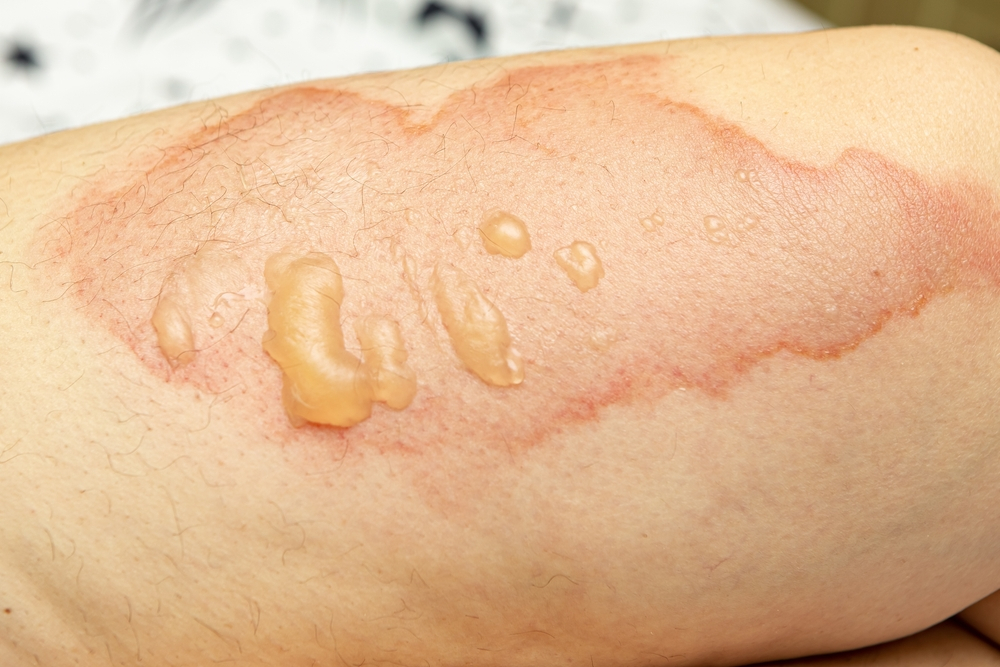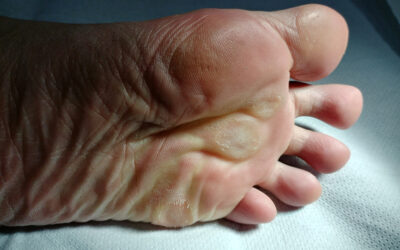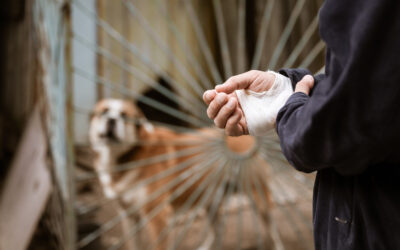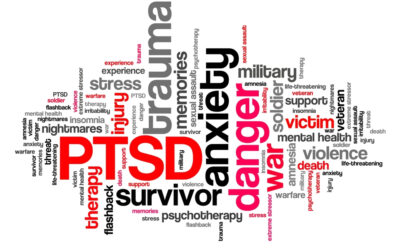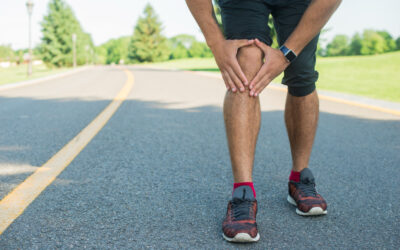🎯 Key Points
- Turf burn is a common injury among athletes playing on artificial turf surfaces.
- It is caused by friction between the skin and the turf, resulting in abrasions and burns.
- Symptoms of turf burn include redness, pain, swelling, and blistering.
- Treatment typically involves cleaning the wound, applying an antibacterial ointment, and covering it with a bandage.
- Preventive measures include wearing protective gear, proper technique, and using turf-specific products to reduce friction.
Turf burn is a common sports injury that occurs when a person slides or falls on artificial turf or rough surfaces, resulting in abrasions or burns on the skin. It can happen in various sports such as soccer, football, and field hockey, where players engage in quick movements and often come into contact with the ground.
Turf burn can be painful and may require proper treatment to prevent infection and facilitate healing. This article will explore the causes, symptoms, treatment options, prevention methods, and how to treat turf burn at home to ensure a speedy recovery.
Whether you are an athlete, coach, or concerned individual, understanding the intricacies of turf burn can help you take appropriate actions to prevent and manage this injury effectively.
Causes of Turf Burn.
1. Friction and Abrasion.
The primary cause of turf burn is the friction and abrasion between the athlete’s skin and the synthetic turf surface. The combination of rapid movements, sudden stops, and changes in direction during sports activities increases the likelihood of the skin coming into contact with the rough surface, resulting in turf burn.
2. Lack of Protective Gear.
Inadequate protective gear or improperly fitting equipment can also contribute to turf burn. For instance, athletes who fail to wear appropriate clothing, such as long sleeves or pants, may expose more skin to the abrasive turf, making them more susceptible to turf burn injuries.
3. Insufficient Field Maintenance.
Poor field maintenance or aging artificial turf can contribute to an increased risk of turf burn. If the turf surface becomes worn out, uneven, or contains loose fibers, athletes are more likely to experience friction-related injuries, including turf burn.
4. Weather Conditions.
Environmental factors, such as hot and dry weather, can exacerbate the risk of turf burn. Higher temperatures can cause the synthetic turf surface to heat up, making it stickier and increasing the likelihood of skin abrasion. Similarly, dry weather may lead to a lack of moisture on the field, reducing the skin’s natural lubrication and making it more susceptible to friction injuries.
5. Improper Technique or Footwear.
Athletes who lack proper technique or wear inappropriate footwear may be more prone to turf burn. Inefficient running or sliding techniques can increase the risk of skin abrasion, while wearing shoes with inadequate traction or worn-out soles can lead to slips and falls, resulting in turf burn.
6. Intense Physical Contact.
Sports involving intense physical contact, such as football or soccer, increase the chances of turf burn due to collisions or tackles. When players come into contact with each other or the ground forcefully, the skin can be scraped off against the abrasive turf surface, causing turf burn injuries.
7. Overuse or Fatigue.
Athletes who participate in prolonged or repetitive activities on artificial turf may experience increased friction and skin abrasion, leading to turf burn. Overuse or fatigue can impair an athlete’s coordination, balance, and control, making them more vulnerable to falls or sliding incidents that result in turf burn.
| 💡 Tips FreakToFit.com Understanding the various causes of turf burn enables athletes, coaches, and sports professionals to implement preventive measures and minimize the risk of this painful injury. By taking appropriate precautions, such as wearing protective gear, maintaining the playing field properly, and using proper technique, athletes can enjoy their sports activities while reducing the likelihood of turf burn occurrences. |
Symptoms of Turf Burn.
Turf burn, also known as rug burn, is a common injury that occurs when a person’s skin comes into contact with synthetic turf or rough surfaces, resulting in friction and abrasion. This type of injury is commonly seen in sports such as soccer, football, and field hockey, where players frequently make contact with the ground.
The symptoms of turf burn can vary in severity depending on the intensity of the contact and the individual’s susceptibility to such injuries.
1. Pain and Discomfort.
The primary symptom of turf burn is intense pain at the site of the injury. The affected area may feel tender to the touch and cause discomfort during movement. The pain can range from mild to severe, depending on the depth and extent of the abrasion.
2. Redness and Swelling.
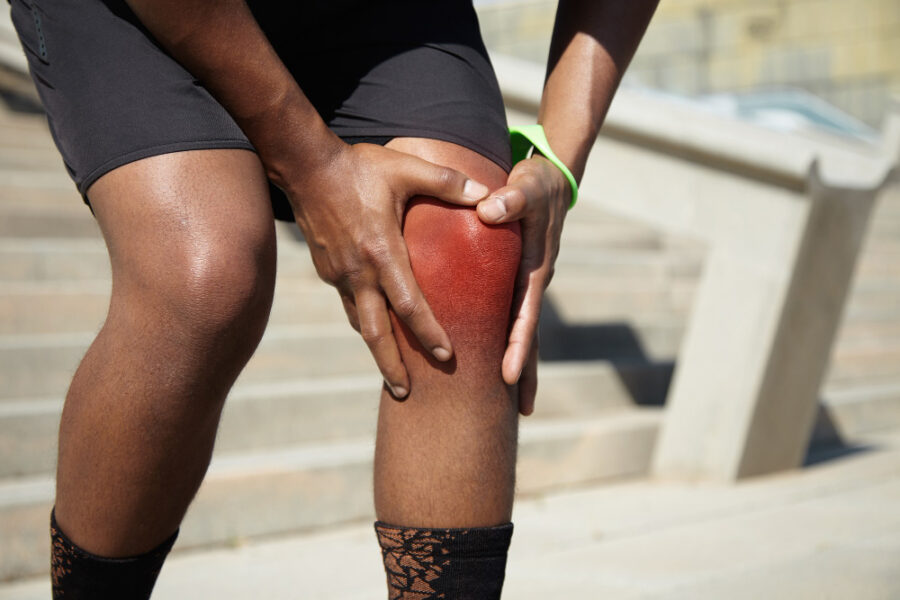
Turf burn typically results in immediate redness and swelling at the injured site. The friction and abrasion damage the skin’s outer layer, leading to inflammation and an increase in blood flow to the affected area. This can cause the skin to appear reddish or pinkish, along with visible swelling.
3. Scraped or Abraded Skin.
Another symptom of turf burn is the presence of scraped or abraded skin. The friction between the skin and the rough surface often leads to partial or full-thickness removal of the outer skin layers, resulting in a visible abrasion. The injured area may have a raw appearance and can sometimes ooze clear fluid or blood.
4. Heat and Warmth.
Due to increased blood flow and inflammation, the affected area may feel warm to the touch. The heat is a result of the body’s natural immune response, as it tries to protect and heal the injured site. This warmth can be felt by the person with turf burn and may persist for several days.
5. Itching and Irritation.
As the injured area heals, it is common to experience itching and irritation. This is a natural part of the healing process and is often a sign that the skin is regenerating. However, scratching the affected area can delay healing and increase the risk of infection.
6. Scarring and Discoloration.
In more severe cases of turf burn, scarring and discoloration may occur. As the skin heals, it may form new tissue, resulting in a scar. The scar tissue may be raised or indented and can have a different color or texture compared to the surrounding skin. This discoloration can be temporary or permanent, depending on the individual’s healing abilities.
7. Risk of Infection.
Turf burn injuries can leave the skin susceptible to infection. The broken skin barrier provides an entry point for bacteria and other microorganisms. If proper wound care is not followed or if the injury becomes contaminated, symptoms of infection can develop, including increased pain, redness, swelling, pus discharge, and fever.
| 💡 Tips FreakToFit.com It is essential to seek appropriate medical attention for severe or infected turf burn injuries. Proper wound cleaning, dressing, and antibiotic treatment may be necessary to prevent complications and promote healing. |
Treatment of Turf Burn.
The treatment of turf burn typically involves a multi-faceted approach aimed at relieving pain, promoting healing, and reducing the risk of complications. The following steps are commonly recommended:
1. Immediate First Aid.

As soon as turf burn occurs, it is crucial to clean the affected area gently with mild soap and water to remove any dirt or debris. Avoid scrubbing vigorously to prevent further damage to the skin. Pat the area dry with a clean towel or sterile gauze.
2. Topical Antiseptics.
Applying an antiseptic solution or spray to the turf burn can help disinfect the wound, reducing the risk of infection. Common antiseptics include hydrogen peroxide or povidone-iodine. Care should be taken not to overuse these solutions, as they may delay wound healing.
3. Antibiotic Ointment.
After cleaning and disinfecting the wound, applying a thin layer of antibiotic ointment can aid in preventing infection and promoting healing. Neosporin or Polysporin are examples of over-the-counter options. However, it is advisable to consult a healthcare professional before applying any ointments to ensure compatibility with your skin type.
4. Non-Stick Dressing.
Covering the turf burn with a non-stick dressing or sterile gauze pad can protect the wound from further irritation, reduce pain, and help prevent infection. It is essential to secure the dressing in place with medical tape or a bandage to ensure it stays clean and in contact with the wound.
5. Pain Relief.
Turf burn can cause significant discomfort, especially during movement or when pressure is applied. Over-the-counter pain relievers, such as acetaminophen or ibuprofen, can be taken to alleviate pain and reduce inflammation. It is advisable to follow the recommended dosage and consult a healthcare professional for appropriate pain management.
6. Rest and Protection.
Providing the affected area with adequate rest is crucial for the healing process. Avoiding activities that further irritate the turf burn, such as sports or excessive friction, can prevent worsening of the condition. Additionally, protecting the wound from direct sunlight is important to avoid potential sunburn and prolonged healing.
7. Regular Cleaning and Dressing Changes.
It is essential to maintain good hygiene by regularly cleaning the turf burn and changing the dressing. Cleaning the wound with mild soap and water, followed by reapplication of antiseptic solution and antibiotic ointment, can help prevent infection and promote healing. Dressing changes should be done as per healthcare professional’s advice or when the dressing becomes damp or soiled.
8. Monitoring for Infection.
While most turf burns heal on their own within 1-2 weeks, it is important to monitor the wound for signs of infection, such as increased redness, warmth, swelling, pus, or worsening pain. If any of these symptoms occur, seeking medical attention promptly is necessary to receive appropriate treatment, which may include oral antibiotics.
| 💡 Tips FreakToFit.com The treatment of turf burn involves immediate first aid, disinfection, application of antibiotic ointment, dressing, pain relief, rest, protection, regular cleaning, and monitoring for infection. By following these steps, individuals can effectively manage turf burn, promote healing, and minimize complications, allowing them to return to their regular activities as soon as possible. |
Prevention of Turf Burn.
1. Protective Gear.
Wearing appropriate protective gear is crucial in preventing turf burn. Athletes should consider using specially designed turf burn sleeves, shin guards, or padded clothing that provide an extra layer of cushioning and reduce friction between the skin and the playing surface. Additionally, gloves or hand wraps can protect the hands from turf burn during activities that involve sliding or diving.
2. Proper Technique and Training.
Educating athletes about proper techniques is vital in preventing turf burn injuries. Coaches and trainers should emphasize techniques that minimize sliding or falling on synthetic turf, such as teaching athletes to roll or land on their padded body parts rather than exposing vulnerable areas.
Regular training sessions should also include drills that simulate game scenarios, allowing athletes to practice safe movements and reduce the risk of turf burn.
3. Field Maintenance.
Regular maintenance of synthetic turf fields plays a significant role in preventing turf burn. Ensuring the field is adequately filled with infill material, such as rubber or sand, helps to reduce the abrasive nature of the surface. Proper grooming of the turf, including brushing and levelling, can also prevent the accumulation of loose fibers or uneven patches that may increase the risk of turf burn.
4. Hydration and Skin Care.

Well-hydrated skin is less prone to friction-related injuries. Athletes should maintain proper hydration levels by drinking sufficient water before, during, and after activities. Additionally, applying moisturizers or protective creams to susceptible areas, such as the knees, elbows, and ankles, can create a barrier and reduce friction, thus lowering the likelihood of turf burn.
5. Playing Surface Alternatives.
Exploring alternative playing surface options is another avenue for preventing turf burn injuries. Natural grass fields, while not entirely risk-free, generally reduce the occurrence of turf burn due to their softer and less abrasive nature.
Whenever possible, athletes and organizations should consider utilizing natural grass fields or hybrid surfaces that combine the benefits of both natural grass and synthetic turf.
| 💡 Tips FreakToFit.com By implementing these preventive measures, athletes and sports organizations can significantly reduce the incidence and severity of turf burn injuries. Prioritizing the well-being and safety of athletes ensures a more enjoyable playing experience, minimizes the downtime caused by injuries, and promotes the long-term sustainability of sports participation. |
How to Treat Turf Burn at Home?
Here are some steps to help you treat turf burn at home:
1. Cleanse the affected area.
Start by washing your hands thoroughly to prevent any potential infections. Gently cleanse the turf burn with mild soap and warm water to remove any dirt or debris. Avoid scrubbing the area vigorously as it may cause further irritation.
2. Pat dry and protect the wound.
After cleaning the area, pat it dry with a clean towel. Ensure that there is no moisture left on the injury as it can prolong the healing process. Once dry, cover the turf burn with a sterile adhesive bandage or a non-stick sterile dressing to protect it from further irritation and potential infection.
3. Apply an antibiotic ointment.
Before covering the wound, apply a thin layer of over-the-counter antibiotic ointment such as Neosporin or Polysporin. This can help prevent infection and promote healing. Remember to follow the instructions on the packaging and avoid using excessive amounts of the ointment.
4. Elevate and rest.
If the turf burn is on a limb, elevate it to reduce swelling and improve blood circulation. Resting the injured area is crucial for the healing process, so avoid any strenuous activities or putting unnecessary pressure on the wound.
5. Manage Pain and Inflammation.
Turf burn injuries can be painful, so you may consider taking over-the-counter pain relievers such as ibuprofen or acetaminophen to help alleviate discomfort and reduce inflammation. Always consult with a healthcare professional or pharmacist before taking any medication to ensure it is suitable for you.
6. Keep the Wound Clean and Dry.
It is essential to keep the turf burn clean to prevent infection. Change the dressing regularly, at least once a day or whenever it becomes dirty or wet. Avoid exposing the wound to excessive moisture, such as prolonged immersion in water, as it can delay healing.
7. Monitor for Signs of Infection.
While most turf burn injuries can be treated at home, it is crucial to monitor the wound for any signs of infection. Keep an eye out for increasing pain, redness, swelling, pus, or warmth around the injury. If you notice any of these symptoms, seek medical attention promptly.
8. Seek medical help if necessary.

If the turf burn is severe, covers a large area, shows signs of infection, or does not show signs of improvement after a few days of home treatment, it is advisable to consult a healthcare professional. They can properly assess the injury and provide further medical intervention if required.
| 💡 Tips FreakToFit.com Remember, proper care and attention are vital when treating turf burn injuries at home. However, if you are unsure about the severity of the injury or if it worsens despite home treatment, it is always best to seek professional medical advice. |
Frequently Asked Questions.
To heal turf burn fast, it is recommended to clean the affected area gently with mild soap and water, then cover it with a sterile bandage or dressing. Applying an antibiotic ointment can help prevent infection. Keeping the area clean and dry, and avoiding further friction or irritation, can aid in faster healing.
To sleep with turf burn, it is recommended to clean the affected area with mild soap and water, then apply a sterile dressing or bandage to protect the wound. Taking over-the-counter pain relievers and elevating the affected limb can help alleviate discomfort. Additionally, sleeping in a comfortable position that minimizes contact with the affected area can promote restful sleep.
A turf burn may be wet due to the accumulation of sweat or moisture from the environment.
Bottom Line.
Turf burn is a common sports injury that can cause discomfort and pain. It is a result of friction between the body and artificial turf surfaces, often occurring during fast movements or falls. While turf burn may not be a severe injury, it requires proper care and treatment to prevent infection and promote healing.
Taking precautions such as wearing protective gear and maintaining proper playing techniques can help reduce the risk of turf burn. Additionally, prompt and appropriate medical attention is crucial to ensure a speedy recovery.
Overall, understanding the causes, symptoms, and treatment options for turf burn can help athletes and sports enthusiasts stay safe and enjoy their favorite activities without unnecessary injuries.

 Workout
Workout
 Meditation
Meditation


 Stories
Stories


 Podcast
Podcast E-book
E-book